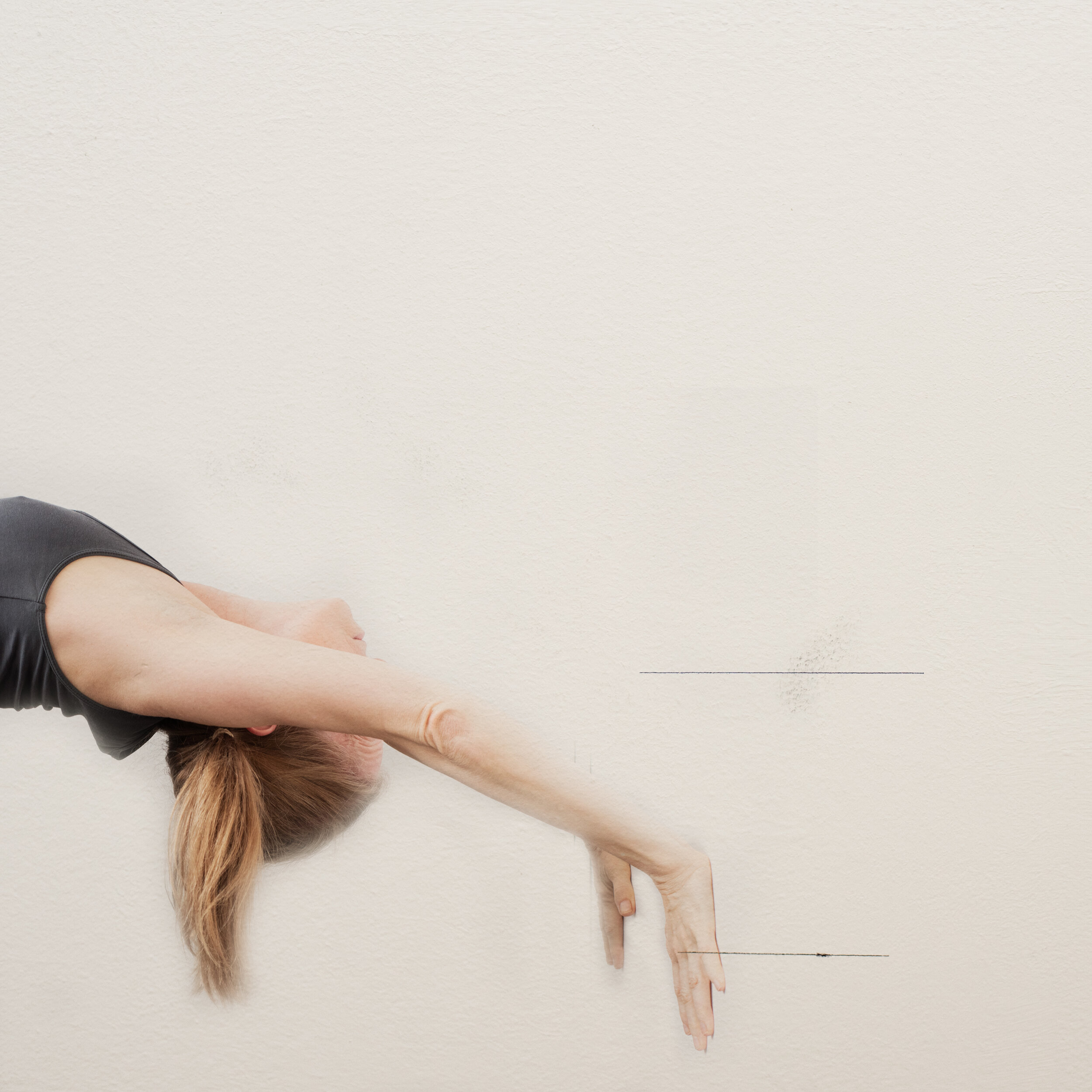The first step of anything someone wants to learn is to find out about the current ability. From there the student can move on. An analysis at first allows to create a plan. The next steps can be defined.
Sometimes the analysis can take rather long. If someone wants to have better eating habits the first step is to find out how someone is eating and what a person is eating. The more data one collects the more useful. This might last a week. Everything shall be documented. The first mistake often happens during this first documentation. Soon scientists found out that people didn’t write down every ‘tiny’ snack, not knowing that these snacks have often the most calories and sugar. An improvement was to take pictures of anything someone ate. This is a faster and a better method to get to true data.
If someone wants to learn English or any other language, usually she has to pass a test so that the school can find out the current level of the student. This is important to chose a class that fits.
It’s the same with yoga. To document the practice and to measure the progress is a huge support.
I use my multi timer to start my practice. After 2 hours the timer stops with a sound. If I practice shorter I can switch off the timer. The App creates a journal of my practices. It allows me to check how often I practiced and how long. If I practiced only once a week I couldn’t expect miracles. Rather the opposite. When I see that I practice 6 times a week I give myself an opportunity to grow. What was a disciplined behavior first becomes a habit over time. It’s motivating to see last accomplishments.
On one of the walls here I draw lines. It helps to see how deep I bent backwards when exercising kapotasana i.e. I always want to reach the last line. It gives me an orientation of what was possible already. I’m looking forward to draw the next line.
Without these orientation I’d feel lost.
Documentations help to adjust a plan. It helps to see these little accomplishments, that deserve to be celebrated.
This week I practiced already twice. Only four further practices are planned. This seems doable. I’m looking forward to my morning practice.
These are the advantages of a home practice. Not everybody can use a timer in a class. To draw lines on a wall is impossible in a yoga school.
Documenting and measuring are part of a wise strategy:
1. step: What is the status quo.
2. step: Defining a goal.
3. step: Creating many tiny steps how to get there.
4. step: Documenting the practice.
5. step. Planning the next reflection and adjusting the plan.
To give life a structure helps to get things done. Time doesn’t fade away without contents.

